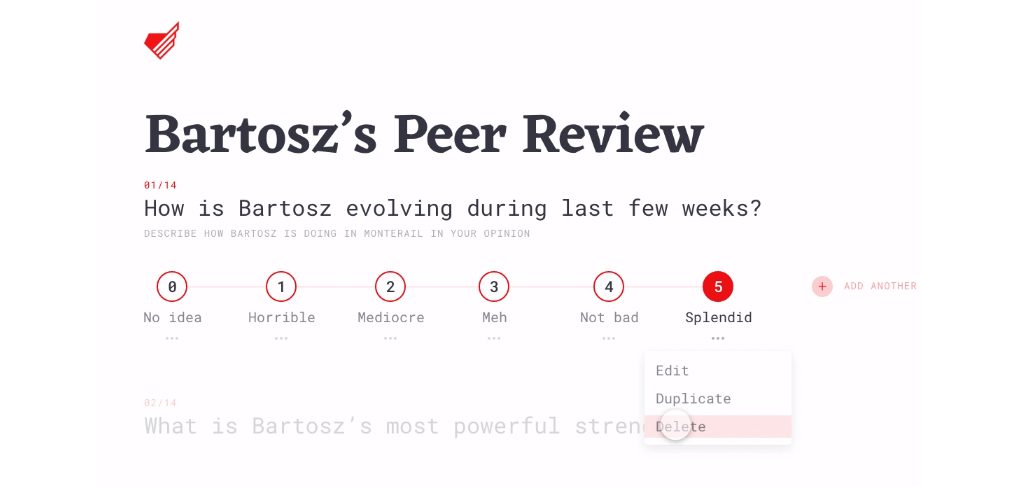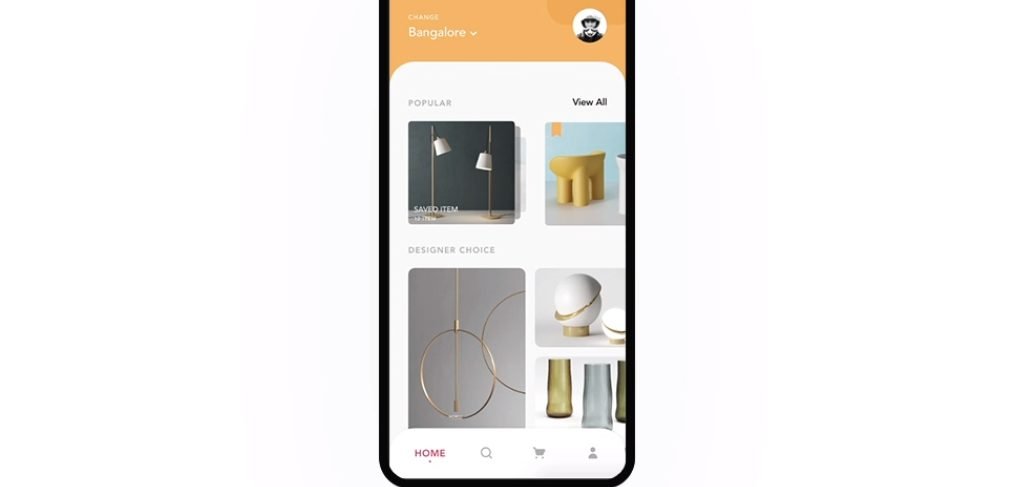

- #ADOBE EXPERIENCE DESIGN ANIMATION HOW TO#
- #ADOBE EXPERIENCE DESIGN ANIMATION MOVIE#
- #ADOBE EXPERIENCE DESIGN ANIMATION UPDATE#
- #ADOBE EXPERIENCE DESIGN ANIMATION FULL#
- #ADOBE EXPERIENCE DESIGN ANIMATION ANDROID#
Drag an image from Finder, which will serve as the app's icon. Just go to the top right corner and click Share Online. You also have a few options for sharing online. Notice that the visual markers indicate the hotspots in the App design.
#ADOBE EXPERIENCE DESIGN ANIMATION MOVIE#
Whoever you share it with can open the movie file and view the interactions. When you're finished, hit Record again or press Escape to stop the recording and save the movie file to your computer. With the Preview window open, hit Record or using Command or Ctrl +R and tap through the hotspots and scroll through long artboards.


The first option we'll look at is how you can create a movie file to communicate your design with others. In this video, we'll explore the different ways you can share prototypes with team members and stakeholders. Be sure to check out sharing prototypes, mobile device preview and other tutorials available for Adobe XD. Any changes to the design or prototype interactions are updated in real-time, so you can quickly iterate on your designs. Just download the Adobe XD app from the Play Store or App Store onto a supported device, hook it to your computer with a USB cable and preview your prototype.
#ADOBE EXPERIENCE DESIGN ANIMATION ANDROID#
I can also connect my prototype to an actual Android or iOS device to get a more accurate preview. So if the previous animation was set to slide left and ease out when I hit the back button, it will slide right and ease in. That's because the interaction is now wired to send the user back to the screen they just came from and will reverse the animations. Notice, when I do that all of the other options go away. I'll click here on this back arrow and set the target to previous artboard. I'd like to use this for the back buttons. One last thing I'd like to show you is the previous artboard option.
#ADOBE EXPERIENCE DESIGN ANIMATION UPDATE#
If you need to wire from an object within a group, such as from one of these menu icons use Command + click to select it and update the settings as you like. When I preview and click on the screen, it shows what their experience would look like to a user adding a rating through this app. Notice that Ease In and Timing are grayed out now, that's okay, because we want to effect to look seamless. For example, I'll come down here and wire the no rate screen to the rate screen and set the transition to None. To show some other cool things you can do use the None transition to stimulate a state change on the screen. For contrast, I'll change the transition to Push Left, notice the voice search screen now pushes the welcome screen out of the way. When I test again, the voice search screen slides over the welcome screen with a kind of parallax affect.
#ADOBE EXPERIENCE DESIGN ANIMATION FULL#
I'll change the transition to Slide Left, have it Ease In and change the timing to a full second. I'll keep the preview window open to experiment. Let's Preview to see how it looks, and there it is. The default settings cause the welcome screen to dissolve into the voice results and ease out on the animation all within 0.2 seconds. Here, I'll click on the microphone icon and select Voice Search as the targeted artboard. To remove an interaction, drag the wire to an empty space between artboards. To create an interaction, click on an object or artboard and drag from the blue arrow to another artboard. So now back to prototype mode, where we can create our own interactions. And you could see the change take effect immediately. I can change other elements as well such as the color of this icon on the Home screen. I want to stimulate the height of a device's actual Viewport, so I'll set the height to 667 pixels and scroll through the search results. So I go back to Design mode, click the title of the search result's artboard and change it to vertical scrolling. The search results screen is not scrolling at the moment and I'd like it to. To test the flow of the app, I'll click the Preview button or Command + Enter and click through the hotspots using the Preview windows.

But I'll leave it as the welcome screen for now. You can set another artboard to be the Home screen by clicking on it's Home icon. When it's blue it means that artboard is set as the Home screen of your app. Another thing I want to point out is the concept of the home screen, when you click the title of an artboard this Home icon shows in the top left corner. I'll click Command + A to see all of the interactions that have been wired between artboards. First, let's take a look at a prototype that has already been created. To get started, click Prototype at the top or Ctrl+ Tab to switch to prototype mode.
#ADOBE EXPERIENCE DESIGN ANIMATION HOW TO#
In this video, we'll see how to create prototypes in Adobe XD.


 0 kommentar(er)
0 kommentar(er)
